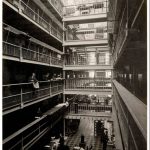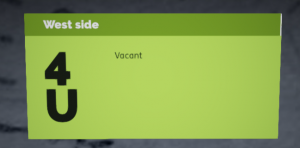Back in 1998 when we were casting around for a title for the soon-to-be-launched Irish Times ancestry sub-site, one of the suggestions was “Stiffs ‘R Us”. Needless to say, it was vetoed. But it’s always stayed in the back of my mind, awaiting the right moment. And that moment has come.

We’ve just launched surname maps of all Irish death records 1864-1922. Have a look at Buggy, or Mungovan, or Scahill. All precisely where they should be.
These maps are a little different from the others on the site. The data that underlies them comes from the old printed General Register Office indexes, specifically from the transcripts of those indexes made by the FamilySearch.org website of the Mormon Church. They very kindly shared a copy with us, the only quid pro quo being free access to our site in LDS Family History Centres.
In all the other maps, the links on the map will take you back to the original records they’re based on. Linking back to images of the printed indexes would be pointless, though. So these death entries point back to the full death records on IrishGenealogy. But … the IG records use a fresh set of indexes, not the old printed volumes. So there are discrepancies – 70 Scahill entries in the old index, 72 in IG, 127 Finns in Boyle as opposed to 129 and so on. As ever, there are mistakes in both indexes, but they’re not the same mistakes.
Once again, I got a real kick from seeing these things work and from the way visualising the information brings it to life. So to speak. More and more, though, I feel the most important aspect is the list of surname variants that also appear in the original records. Forty years doing this stuff and I’m still astonished at the new ways record keepers torture names out of shape. And looking at the Grenham variants, I found the long-missing death of my own great-great-grandmother tucked away under an obscure misspelling.
So roll on up. Enough deaths for everyone in the audience.
And a video at https://youtu.be/LzkleVE_hF8


